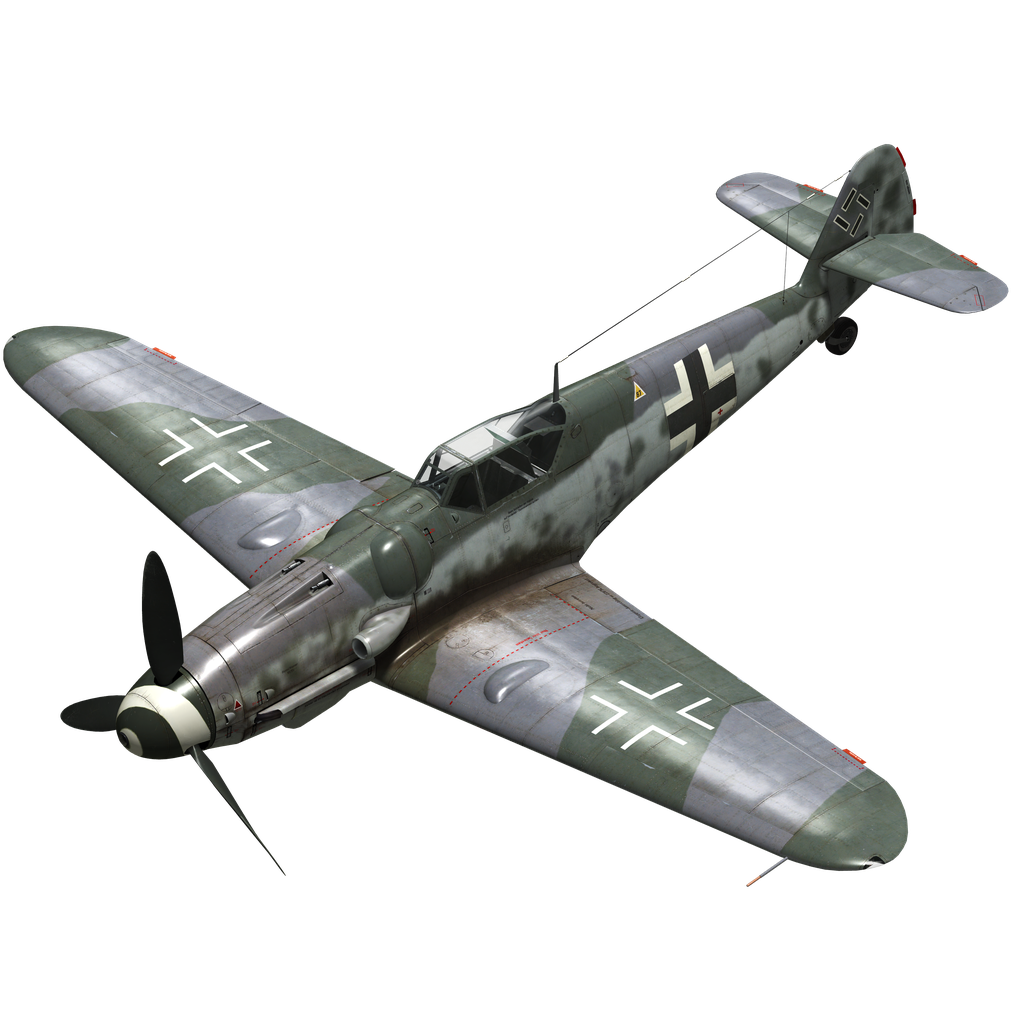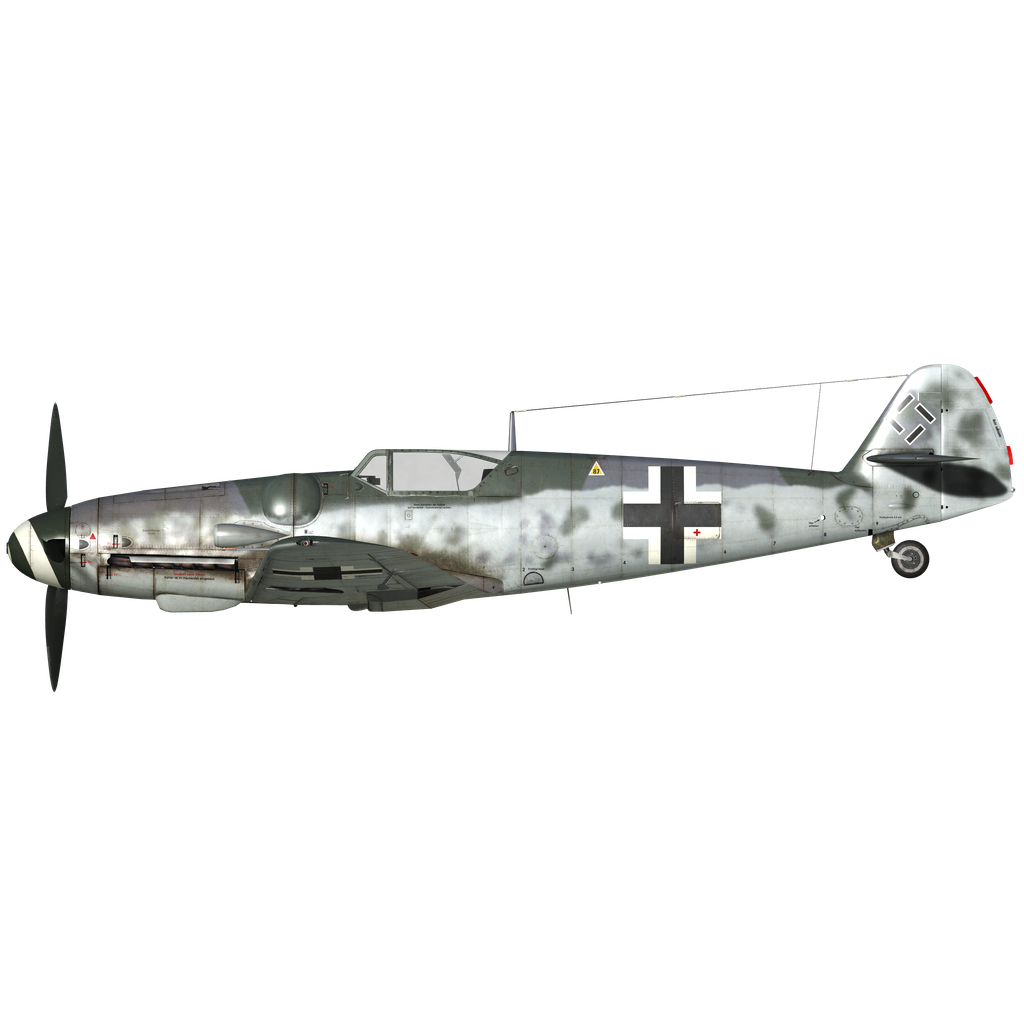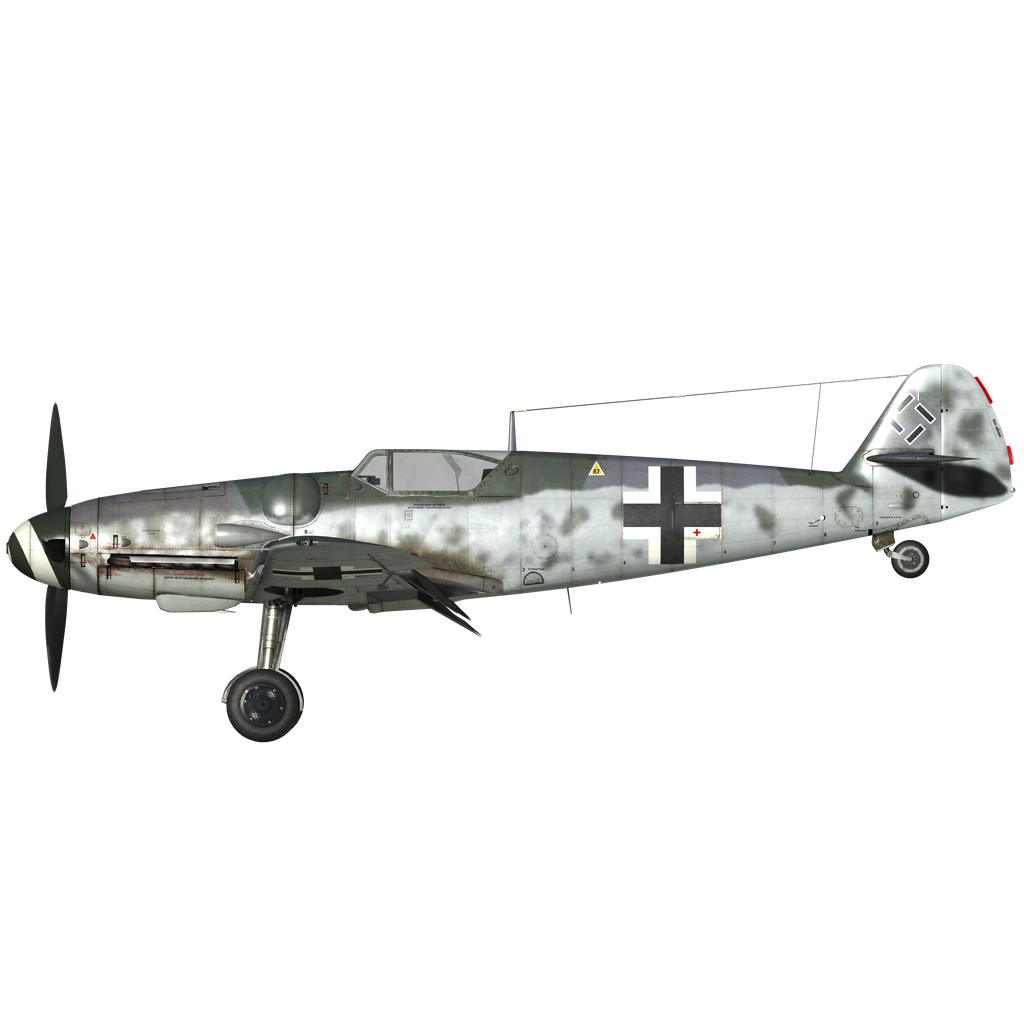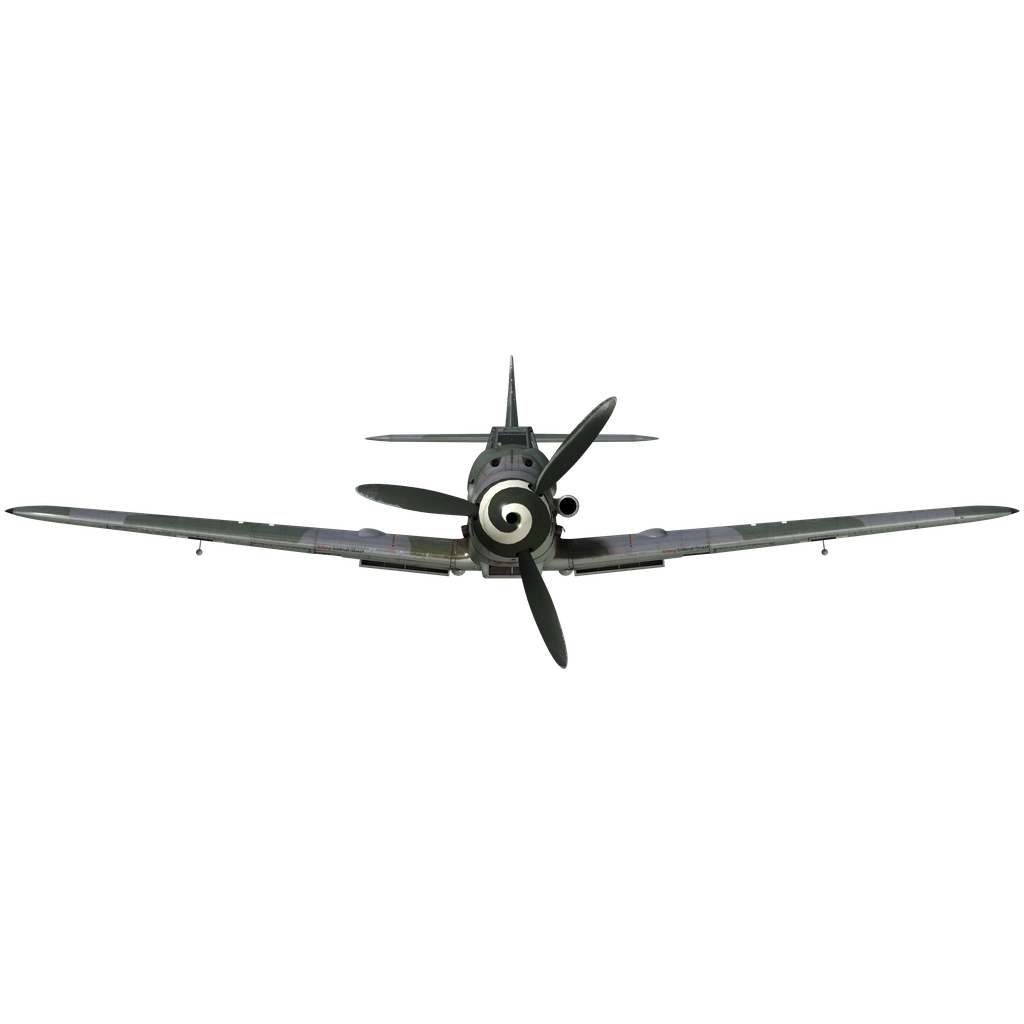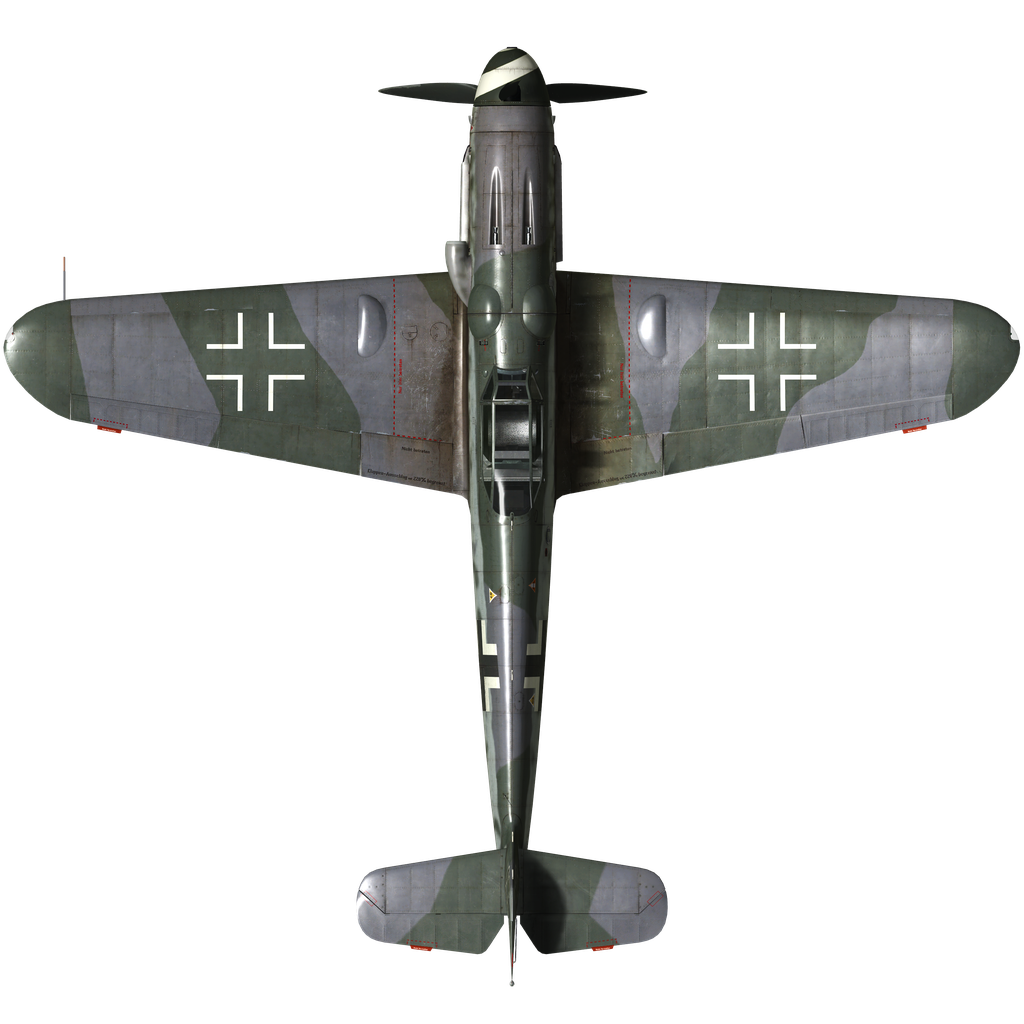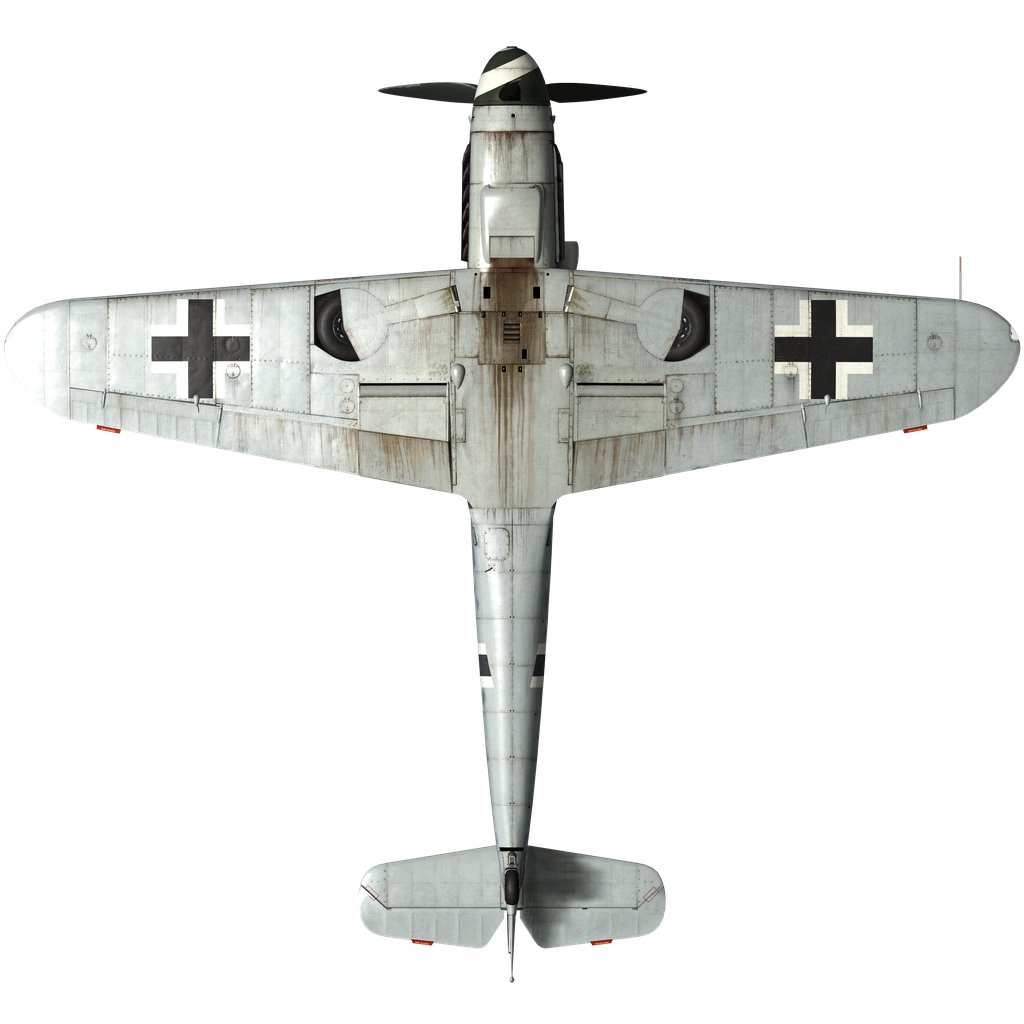The Messerschmitt Bf 109, the most mass-produced fighter of Hitler's Germany, appeared in 1934 in response to the Luftwaffe's request for the latest single-engine monoplane fighter. The prototype's first flight took place on May 28, 1935, and from 1936 to 1942, 6 models were built — from the Bf 109 A "Anton" to the Bf 109 G "Gustav."
In the second half of the war, the tension in the skies continued to increase, leading to a sharp rise in aircraft losses. In 1944, the Luftwaffe was fighting at the limit of its capabilities and switched to air defense. The aircraft industry was reorganized to increase production of fighter aircraft. To coordinate all activities related to the serial production of fighters, a "Fighter Headquarters" was created in March 1944 at the Ministry of Aviation, which quickly established cooperation between assembly plants and component suppliers, using the harshest repressive and administrative measures.
Another step taken to increase production was the standardization of numerous modifications and variants of the Bf 109 G-6, which made it difficult to schedule deliveries of components. Another attempt to solve this problem was the serial Bf 109 G-14, which went into production in May 1944, but it was not possible to turn it into a universal fighter without modifications.
The main difference from its predecessor was the use of the Erla-type cockpit canopy and oversized landing gear wheels. The DB 605AM or DB 605AS (high-altitude version of the Bf 109 G-14/AS) engine with a corresponding oil radiator and the MW 50 water-methanol boost system were fitted as standard, giving the DB 605AM fighter a top speed at low altitudes of 30-45 km/h higher than in unboosted mode. Together with the new engine modification, a specially selected propeller with wider blades was used on the Bf 109 G-14. More common was the installation of a radio direction finder and a FuG 16ZY radio with an additional antenna under the left wing. Early aircraft had a standard "short" tail section of the fuselage, while later ones were equipped with a new, taller tail of increased area, both in metal and, in the later period, in a wooden version. Some were produced with the MG 151/20 cannon. Later G-14s were produced with a shortened antenna mast, and in the last series the mast was abandoned and the antenna was mounted directly on the fuselage surface.
A night modification of the Bf 109 G-14/N was produced - the commander's aircraft of this type was equipped with a FuG 350 "Naxos" direction finder. As a rule, these aircraft were equipped with a FuG 16ZY radio for guidance and navigation in the dark.
The Bf 109G-14 could be used with the following set of conversion kits:
-
U4 - mounting of the MK 108 30 mm cannon in the nose;
-
R1 - removable ETC 500/IH under-fuselage bomb rack;
-
R3 - rack for a 300-liter drop tank;
-
R6 - two suspended gunpods with 20 mm MG 151/20 cannons.
In July 1944 three fighter units, JG 4, JG 76, and JG 77, were equipped with Bf 109 G-14s. At the end of the war, it turned out that almost all fighter units flying Messerschmitts had some number of G-14s. Various variants of the G-14 were produced until February 1945, and a total of about 5,500 Bf 109 G-14 and Bf 109 G-14/AS were built.
Sources used:
1. W. Creen "The Warplanes of the Third Reich", Galahad Books, 1986
2. "Wings of the Luftwaffe" Translation of W. Green's book "Combat Airplanes of the Third Reich" by A. Firsov, 1993.
3. "Yak-1,7,9,3/ Bf 109 fighters" Journal of Aviation and Cosmonautics, 5-6, 1999.
4. Materials of the site airwar.ru
